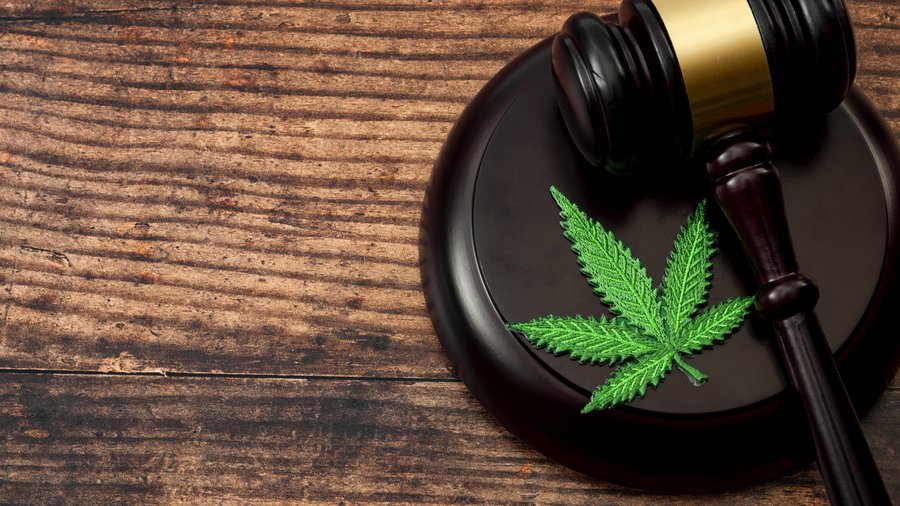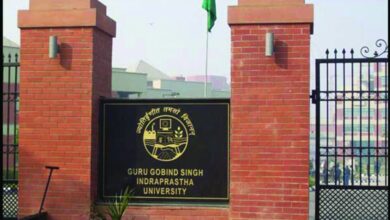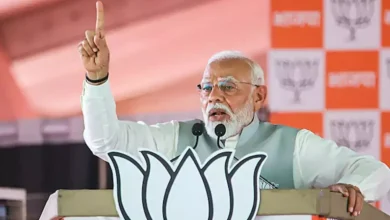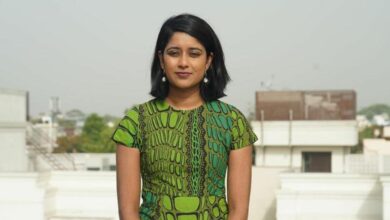

In a significant announcement in his annual budget speech last week, Himachal Chief Minister Jai Ram Thakur announced that the state government is coming up with a policy to allow controlled cultivation of hemp or cannabis in the state.
Himachal Pradesh hopes to earn ₹18,000 crore annually by undertaking the controlled cultivation of cannabis to ease its debt burden that has grown to ₹60,500 crore in the Covid-19 pandemic year besides generating job opportunities.
Himachal Pradesh is not the first state to legalise cannabis cultivation for medicinal purposes and industrial use to boost its economy. Neighbouring Uttarakhand did so in 2017 followed by Madhya Pradesh, another BJP-ruled state. After two decades of debate, the hill state will draw up a policy for the cultivation of cannabis, which is otherwise exploited for making narcotics.
In 2017, Uttarakhand had become the first Indian state to allow farmers to cultivate hemp plants for industrial purposes.
Madhya Pradesh too does it to a certain extend.
Over the years there have been calls from Yoga Guru Baba Ramdev to former BJP minister Maneka Gandhi to make the cultivation and use of cannabis legal in India.
An estimated 2,400 acres in Himachal Pradesh is under organised illicit cultivation of cannabis. Charas worth ₹960 crore is smuggled out of the state each year and finds its way to western European and Scandinavian countries, while in Israel there is demand for Malana cream. The lower quality illicit charas cultivated in Shimla, Chamba and Sirmour districts has a market in Rajasthan.
“The state is facing a financial crisis. The controlled cultivation of cannabis will boost the economy as the government aims to earn ₹18,000 crore,” says Pradeep Chauhan, a retired economic adviser to the state government. The initiative will provide employment nearly 50,000 youngsters and directly benefit 2.8 lakh families in the low-income group, he says.



